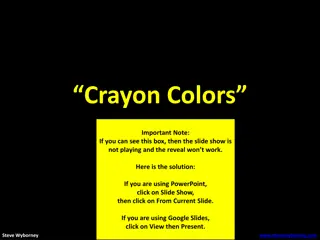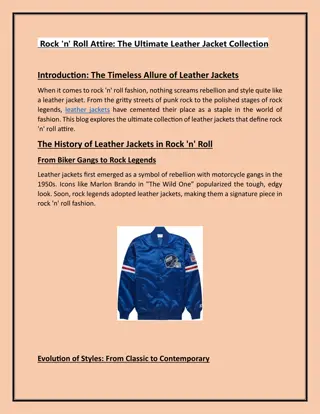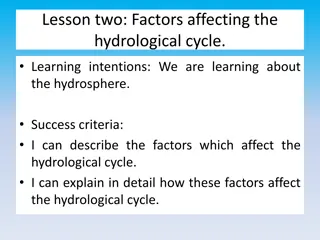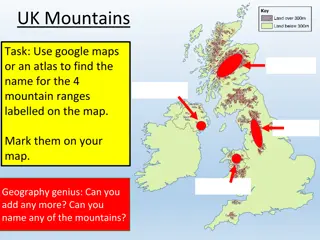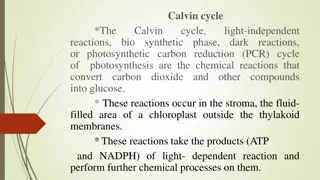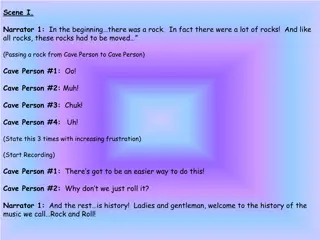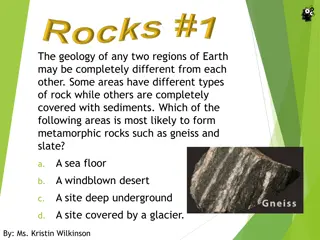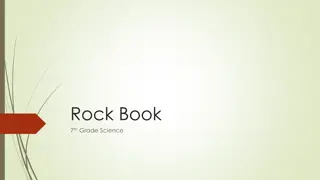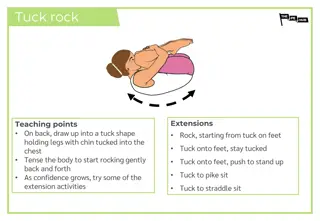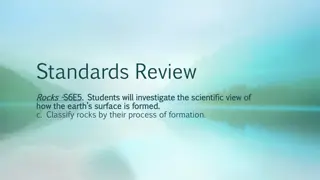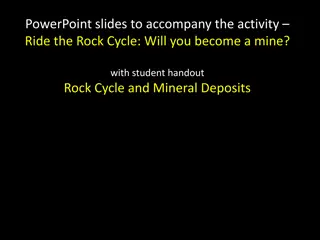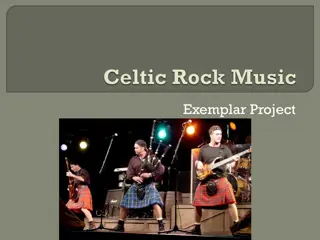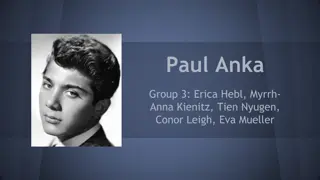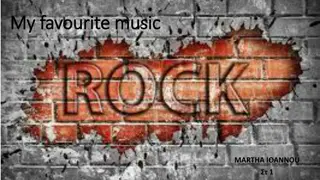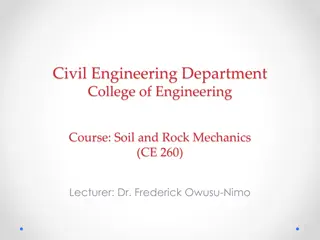Exploring the Rock Cycle Using the Crayon Rock Cycle Model
This educational resource focuses on teaching students aged 11-16 about the rock cycle, including the types of rocks, how rocks transform over time, and the importance of models in science. It introduces the crayon rock cycle model as a hands-on demonstration to help students grasp the cyclic nature of rock formation. The resource provides guidance for teachers on conducting the demonstration effectively and encourages students to compare the model to real-world rock cycle processes. Through engaging activities and visuals, students enhance their understanding of the rock cycle concepts.
Download Presentation

Please find below an Image/Link to download the presentation.
The content on the website is provided AS IS for your information and personal use only. It may not be sold, licensed, or shared on other websites without obtaining consent from the author.If you encounter any issues during the download, it is possible that the publisher has removed the file from their server.
You are allowed to download the files provided on this website for personal or commercial use, subject to the condition that they are used lawfully. All files are the property of their respective owners.
The content on the website is provided AS IS for your information and personal use only. It may not be sold, licensed, or shared on other websites without obtaining consent from the author.
E N D
Presentation Transcript
Topic The rock cycle Level For students aged 11-16 Outcomes 1. To state the names of the three main types of rock 2. To understand how one rock can be converted into another rock overtime. Most rocks have gone through many cycles. 3. To understand why models are useful in science The crayon rock cycle model is a great practical demonstration that helps students understand the cyclic nature of rock formation. This activity has been designed to be used alongside this demonstration to make sure students are clear on what features of the model relate to the real world and which features don t. This activity is probably best used after you have first introduced the rock cycle make sure students have had time to grapple with the concept first, otherwise they won t appreciate the explaining power of the model. Information for teachers When you carry out this demonstration it can be helpful to have a good diagram of the rock cycle on the board to refer to. This will help students to make the link between the model and the scientific processes it is trying to explain. A great example of the crayon rock cycle to demo is here. www.thescienceteacher.co.uk | resources for science teachers who like to think
Feature of the model What feature or process from the rock cycle did it represent? What pars of this model are similar to the rock cycle? What parts of this model are different to the rock cycle? The wax crayons Crayons and rocks are both broken down into smaller pieces when a force is applied Sedimentation, compaction and cementation to make sedimentary rocks Force and heat were applied to the crayon but it didn t melt fully The Earth s core is hotter than the candle Igneous rocks will contain crystals.
Feature of the model What feature or process from the rock cycle did it represent? What pars of this model are similar to the rock cycle? What parts of this model are different to the rock cycle? The wax crayons The rocks igneous, metamorphic or sedimentary Crayons and rocks can both have different colours Rocks are made from minerals whereas crayons are made from wax They are both made from compounds Crayons have a lower melting temperature than rocks Scraping the crayons with a knife Physical weathering Crayons and rocks are both broken down into smaller pieces when a force is applied. In the model a knife is used to break up the crayons but in the rock cycle weathering is caused by wind or water. Crayon pieces arranged in layers and then squashed between foil Sedimentation, compaction and cementation to make sedimentary rocks A force is needed to squash the sediments and crayon pieces together. Bits of crayons and rock sediments then stick together. In the rock cycle this takes millions of years to happen. In the model this happened straight away. Crayon is warmed and squeezed between foil Formation of a metamorphic rock Force and heat were applied to the crayon but it didn t melt fully Energy is transferred from the Earth s core in the rock cycle to the rock. Energy is transferred from the hot water to the crayon in the model. Igneous rocks will contain crystals. Crayon is melted and then cooled Formation of an igneous rock The crayon and rocks melt fully. The Earth s core is hotter than the candle used in the model. Igneous rocks will contain crystals.
Go deep. 1. What parts of the rock cycle has the model helped you to understand? 2. Why don t igneous rocks contain fossils? 3. How could you extend this model to show erosion? 4. Where does the rock cycle start?!


